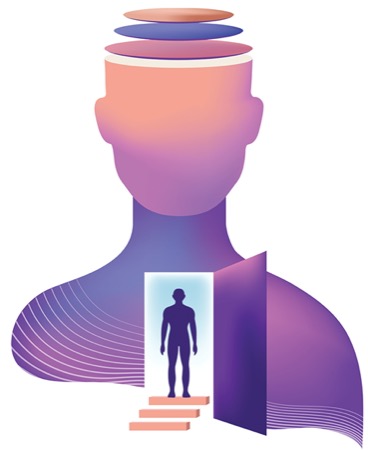The results show that VR may play an important role in the nonpharmacologic treatment of pain.
“We were interested in learning the feasibility of using VR therapy in a medical setting at the patient’s bedside,” said Sarah E. Trost, PhD, an assistant professor in the Department of Anesthesiology at the Medical College of Wisconsin, in Milwaukee. “We also wanted to assess the potential benefits to reduce pain, distress and anxiety, to potentially improve our patients’ experience during their hospital stays.”
While the exact mechanisms remain unclear, it is hypothesized that VR may cause pain reduction via sensory immersion, which can limit the amount of attention one can use to experience nociceptive stimuli.
The study focused on 15 individuals, 11 of whom were female and four male, suffering from acute pain. Participants wore a PICO VR headset installed with the SootheVR (AppliedVR) program. Each participant chose a program that included experiences such as swimming underwater, watching a sunrise, visiting a foreign country or relaxing on a beach. Mean time with the headset on was 20 minutes.
Before and after VR therapy, patients rated their pain and distress on a 10-point scale and completed an anxiety inventory. The researchers also monitored their hand temperature as a marker of the relaxation response. At the conclusion of their VR experience, the participants rated their satisfaction with VR as a treatment and its effectiveness for pain management.
Pain, distress and anxiety were all significantly reduced after the single VR session.
There was an increase in hand temperature over the course of VR treatment, signaling a greater level of relaxation. Patients reported satisfaction with VR as a treatment and found it effective for the management of their pain.
“We conclude that VR can be incorporated as a bedside treatment to lessen pain, reduce distress and reduce anxiety,” Trost said.
Although the results are promising, she added that many questions remain, including how long-lasting the VR benefits are, and whether benefits would be increased when VR is used over consecutive days.
Additionally, work would be needed to incorporate the technology into practice in busy hospital settings.
“While our nurse was willing to take the time to explain the use of VR and to administer it to our study participants, a potential barrier is how to fold VR into care when providers already have high demands on their time,” Trost said.
—Ethan Covey
Trost reported no relevant financial disclosures.


